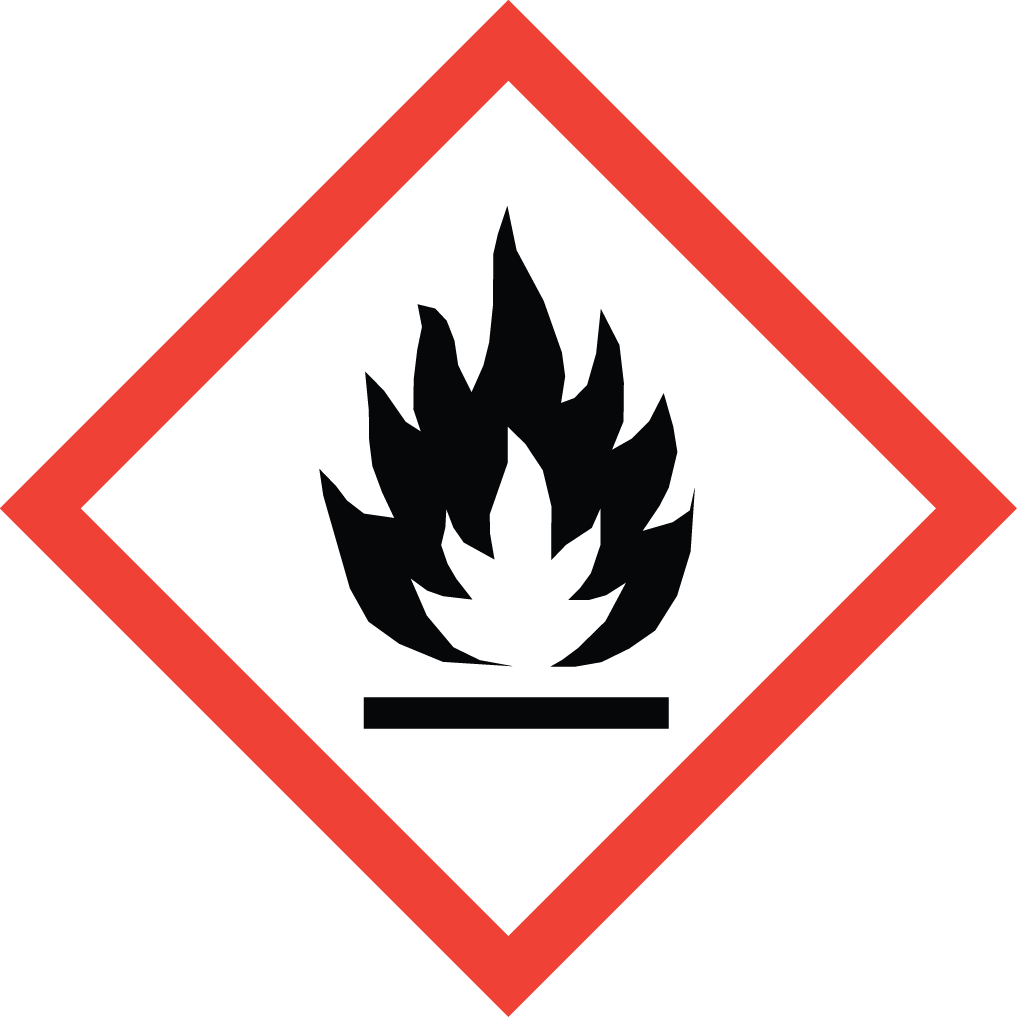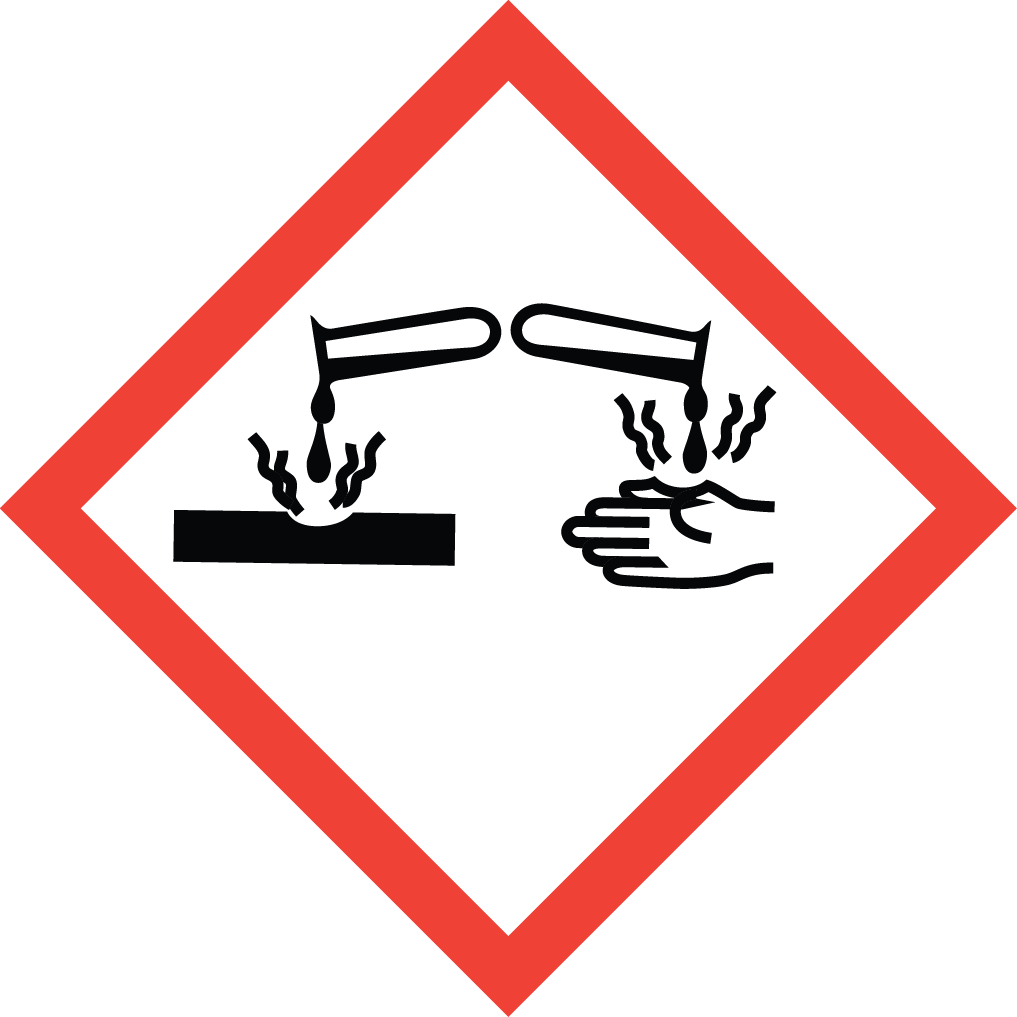Explore Top-Quality Trimethylsilyl Chloride (CAS 75-77-4) with Aure Chemical
Aure Chemical is a premier global supplier of high-quality Trimethylsilyl Chloride (TMSCl), commonly known as Chlorotrimethylsilane. Identified by its CAS number 75-77-4, this organosilicon compound is a colorless, fuming liquid with a strong, irritating odor. Trimethylsilyl Chloride is an exceptionally versatile and powerful silylating reagent in organic synthesis. It plays an indispensable role in protecting a wide array of functional groups (like alcohols, amines, and carboxylic acids) as their trimethylsilyl ethers or derivatives, making them inert to various reactions. Beyond protection, it's widely used for introducing the trimethylsilyl group into molecules, facilitating complex transformations in the manufacturing of pharmaceuticals, agrochemicals, and silicone-based intermediates. Due to its reactivity with moisture and corrosive nature, handling and transportation of Trimethylsilyl Chloride require meticulous care and adherence to strict safety protocols. Aure Chemical's unwavering commitment to excellence ensures that our Trimethylsilyl Chloride meets the stringent purity and performance requirements for your most demanding industrial and laboratory applications, guaranteeing consistency, safety, and reliability.
Basic Information of Trimethylsilyl Chloride
Trimethylsilyl Chloride (CAS No. 75-77-4) is meticulously produced and rigorously tested to meet stringent quality standards. We ensure exceptional purity and consistent performance, essential for your critical applications:
| CAS No.: | 75-77-4 |
|---|
| EC No.: | 200-900-5 |
|---|
| Linear Formula: | (CH₃)₃SiCl |
|---|
| Molecular Weight: | 108.64 |
|---|
| Appearance: | Clear, colorless, fuming liquid. |
|---|
| Odor: | Pungent odor. |
|---|
| Melting Point: | −40 °C(lit.) |
|---|
| Boiling point: | 57 °C(lit.) |
|---|
| Density: | 0.857 g/mL at 25 °C |
|---|
| Reactivity: | Reacts vigorously with water (hydrolyzes to hexamethyldisiloxane and hydrochloric acid), alcohols, amines, and other protic solvents. |
|---|
| Flammability: | Flammable liquid and vapor. |
|---|
| Corrosivity: | Corrosive to metals in the presence of moisture and to organic tissues. |
|---|
| RIDADR: | UN 1298 3/PG 2 |
|---|
| Chemical Structure: |  |
|---|
Our commitment to delivering high-purity Trimethylsilyl Chloride ensures a reliable and efficient component for your critical processes, offering consistent quality for diverse industrial needs, while prioritizing uncompromising safety in handling and logistics.
Primary Applications of Trimethylsilyl Chloride
Trimethylsilyl Chloride's unique reactivity and ability to introduce the trimethylsilyl group make it an indispensable reagent with extensive applications across various chemical synthesis pathways:
Protecting Group:
One of its most widespread uses is as a protecting group for various functional groups in organic synthesis. It efficiently converts alcohols, phenols, carboxylic acids, and amines into their trimethylsilyl derivatives, which are often more stable, volatile, or unreactive to specific reagents, allowing for selective transformations elsewhere in the molecule.
Silylating Agent:
It acts as a versatile silylating agent, introducing the trimethylsilyl group (Me₃Si– ) into organic molecules. This can modify physical properties, enhance solubility, or facilitate subsequent reactions.
Pharmaceutical Manufacturing:
Trimethylsilyl Chloride is a crucial intermediate and reagent in the synthesis of numerous active pharmaceutical ingredients (APIs) and their precursors. Its role in protecting sensitive groups and enabling specific reactions is vital in complex drug synthesis routes.
Agrochemical Production:
It is widely employed in the synthesis of various agrochemicals, including pesticides, herbicides, and plant growth regulators, where silylation plays a role in modifying reactivity or stability.
Analytical Chemistry:
Used in analytical chemistry for derivatization, particularly to increase the volatility of polar compounds (like amino acids, sugars) for gas chromatography (GC) analysis, enabling their detection and quantification.
Production of Silicone Intermediates:
Serves as a raw material or intermediate in the synthesis of other silicone compounds, including silanes, siloxanes, and specialty silicone polymers.
Catalyst and Reagent:
In some reactions, it can function as a mild Lewis acid catalyst or as a source of chloride ions.
Why Choose Aure Chemical for Your Trimethylsilyl Chloride Supply?
Aure Chemical is dedicated to providing superior chemical solutions and unparalleled customer support. By partnering with us for your Trimethylsilyl Chloride requirements, you benefit from:
Exceptional Purity & Consistent Quality: Our Trimethylsilyl Chloride is manufactured to stringent purity specifications, crucial for optimizing performance and selectivity in sensitive organic synthesis reactions, particularly in pharmaceutical and fine chemical production.
Uncompromising Safety & Compliance: Given the hazards associated with Trimethylsilyl Chloride, Aure Chemical maintains world-class safety standards. Our manufacturing, storage, and transportation protocols are meticulously designed to adhere strictly to international safety regulations and best practices for handling highly reactive, flammable, and corrosive liquids.
Reliable Global Supply Chain: We maintain a robust and efficient global supply network, guaranteeing timely and secure delivery of this critical chemical to your facilities worldwide, with specialized logistics for hazardous liquids.
Expert Technical & Safety Support: Our dedicated team of experienced chemists and highly trained safety specialists is readily available to offer comprehensive guidance on product application, stringent safe handling procedures, emergency response planning, and optimal storage conditions for Trimethylsilyl Chloride.
Commitment to Quality & Responsible Stewardship: We adhere to the highest industry standards for quality management, environmental responsibility, and product stewardship across all our operations, ensuring peace of mind for our clients and the responsible management of hazardous chemicals.
Choose Aure Chemical for a trustworthy and dependable supply of high-quality Trimethylsilyl Chloride. We're ready to support your most demanding and innovative chemical processes with an unwavering commitment to safety and excellence.
Frequently Asked Questions (FAQ)
What is Trimethylsilyl Chloride (TMSCl)?
Trimethylsilyl Chloride (TMSCl, CAS 75-77-4) is an organosilicon compound with the formula (CH3)3SiCl.
It is a clear, volatile, flammable liquid used primarily as a reagent in organic synthesis and as a building block for organosilicon materials.
What are the main uses of Trimethylsilyl Chloride?
TMSCl is widely used in chemical synthesis, especially for silylation reactions where it protects hydroxyl and amino groups.
It is also employed in the production of silicones, pharmaceutical intermediates, agrochemicals, and specialty polymers.
Is Trimethylsilyl Chloride hazardous?
Yes. TMSCl is classified as flammable, corrosive, and harmful.
It reacts violently with water to release hydrogen chloride (HCl), which is highly irritating and corrosive to skin, eyes, and the respiratory tract.
Is Trimethylsilyl Chloride flammable?
Yes. TMSCl is a flammable liquid (GHS02) with a low flash point.
It should be handled and stored away from ignition sources, heat, and sparks.
How should Trimethylsilyl Chloride be stored?
Store in a tightly sealed container under an inert gas (nitrogen or argon).
Keep in a cool, dry, and well-ventilated place. Protect from moisture, acids, alcohols, and oxidizing agents.
What packaging options are available?
Trimethylsilyl Chloride is typically supplied in 200 L steel drums and tanks with corrosion-resistant liners.
For laboratory use, it may be packaged in sealed glass bottles with PTFE-lined caps.
What is the UN number and transport classification?
The transport classification is UN 1298 (Flammable liquids, toxic, n.o.s., containing Trimethylsilyl Chloride).
It falls under Hazard Class 3 (Flammable Liquids) with subsidiary risk Class 8 (Corrosive), Packing Group II.
Can Aure Chemical supply bulk quantities of Trimethylsilyl Chloride?
Yes. Aure Chemical supplies Trimethylsilyl Chloride in both laboratory scale and industrial bulk packaging.
Options include 25 L containers, 200 L drums, and custom packaging solutions for safe global delivery.
section class="safety-storage">
Hazards Classification
GHS Classification: Flammable Liquid (GHS02), Corrosive (GHS05), Exclamation Mark (GHS07)
Hazard Statements: Flammable liquid and vapor; reacts violently with water releasing corrosive gases; causes severe skin burns and eye damage; harmful if inhaled.
UN Number: UN 1298
Hazard Class: 3 (Flammable Liquids), 8 (Corrosive Substances)
Packing Group: II
 GHS02: Flammable
GHS02: Flammable GHS05: Corrosive
GHS05: Corrosive GHS07: Exclamation mark
GHS07: Exclamation mark
